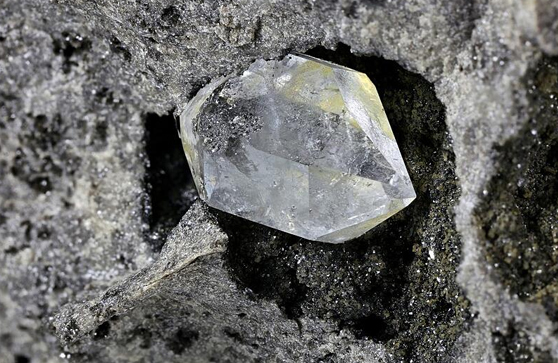World diamond mining expanded dramatically with the discovery of sources in Australia in 1985 and important new deposits in northern Canada in 2000.
The market probably changed as much after 1990 as it did in the years after the 1866 discovery of diamonds in South Africa and the establishment of De Beers. The 1990s brought exciting new sources and encouraged the dramatic growth
of some cutting centers. All this was happening as the world economy fluctuated wildly.
As one of the trade’s major participants, De Beers had to change, too. The De Beers of today bears little resemblance to the De Beers of 1989. The company greatly reduced its role as the custodian of diamond supply. Instead of
flowing into the market in a single-channel path from De Beers, diamonds now flow into the market through multiple channels.
Not everything changed, though. Regardless of the path they take, diamonds still flow from mines through cutting centers, and ultimately to retail customers.
Diamond’s splendor has been appreciated for centuries, but there was not much scientific knowledge about it before the twentieth century. Since then, diamond knowledge has grown steadily, with research by chemists, physicists,
geologists, mineralogists, and oceanographers. In the past 50 years alone, scientists have learned a lot about how diamonds form and how they’re transported to the earth’s surface. That knowledge has made it easier to predict
locations for new diamond discoveries.
-The mystique and prestige of diamonds has made them desired around the world to adorn jewelry and watches. – © GIA & Tino Hammid, courtesy Suzanne Tennenbaum











 Home
Home